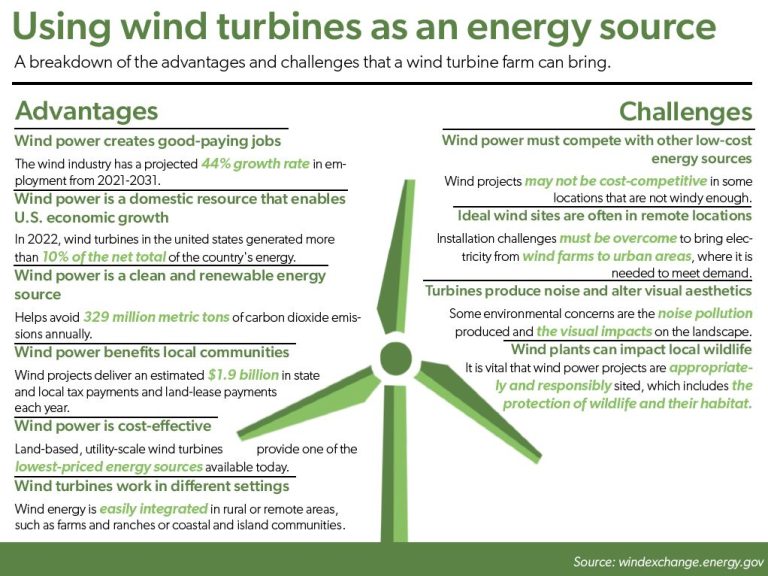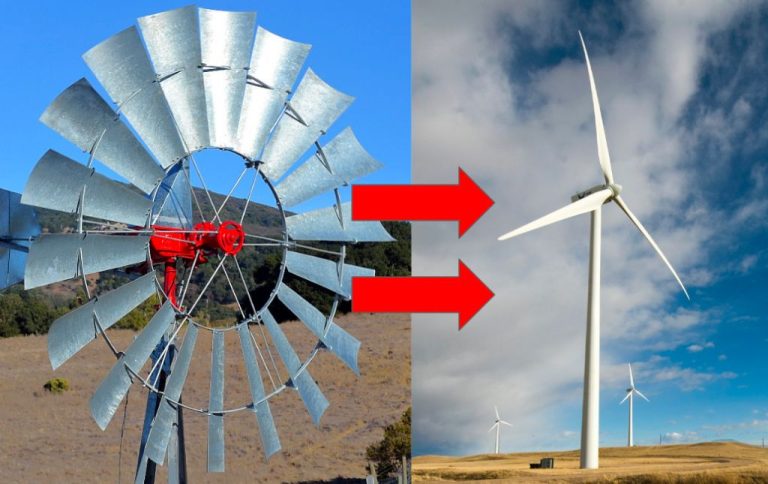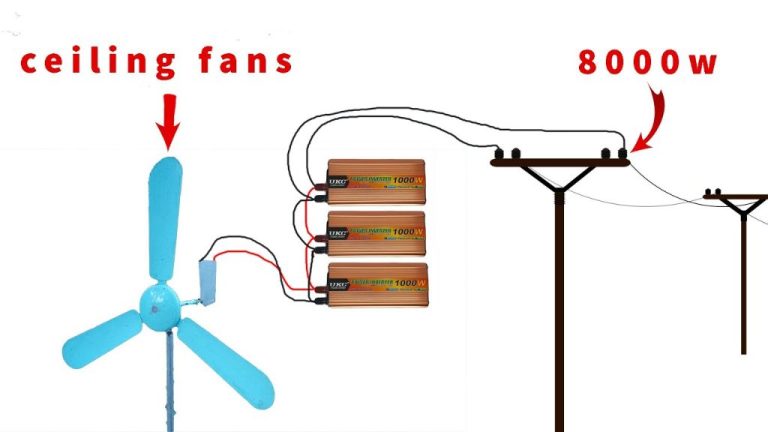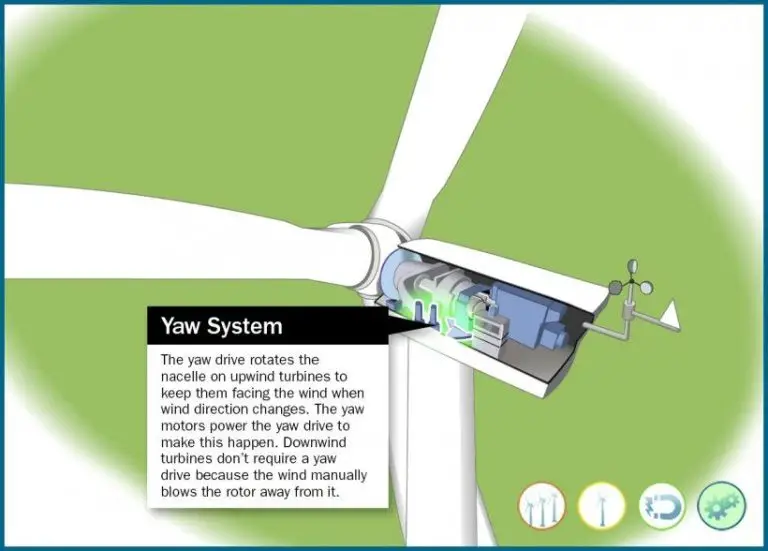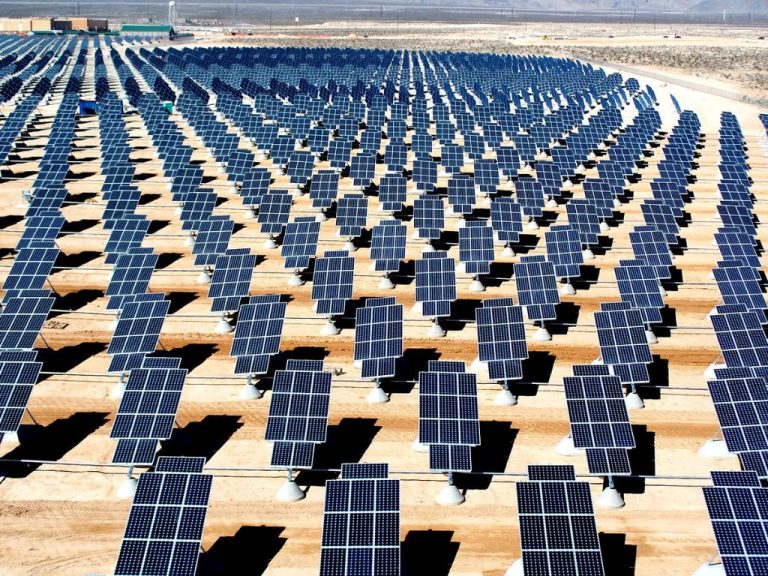What Are The Top 5 Types Of Energy Used In Kansas?
Kansas has a diverse energy portfolio consisting of both fossil fuels and renewable sources. As of 2019, the top energy sources used in Kansas are natural gas, petroleum, coal, wind, and nuclear. Fossil fuels like natural gas, petroleum, and coal have historically dominated Kansas’s energy mix due to the state’s large oil and natural gas reserves as well as abundant coal resources. However, Kansas has also emerged as a major producer of wind energy in recent years, taking advantage of the strong winds that frequent the state. Kansas currently ranks 5th in the nation for installed wind energy capacity. The state also generates electricity from one nuclear power plant. Overall, energy consumption in Kansas is driven by the industrial, transportation, residential, and commercial sectors.
1. Natural Gas
Natural gas is the most widely used energy source in Kansas, accounting for over 30% of the state’s total energy consumption. Kansas has access to abundant natural gas reserves located both in-state and in neighboring states like Oklahoma and Texas. Much of the natural gas consumed in Kansas comes from gas fields in the Hugoton area in the southwest region of the state.
In 2019, Kansas consumed over 460 billion cubic feet of natural gas. The industrial sector consumes the bulk of natural gas in the state at 48%, followed by the electric power sector at 28% and the residential sector at 17%. Natural gas is popular in industry for uses like heating, power generation and as a raw material for fertilizers, plastics and other chemicals. Power plants also rely heavily on natural gas for electricity generation due to its lower emissions compared to coal.
Natural gas consumption in Kansas has increased steadily over the past decade, with demand growth across sectors. New gas-fired power plants, growing fertilizer production, and rising home heating needs are key drivers. Going forward, natural gas will likely remain the dominant energy source in Kansas for the foreseeable future.
#2 – Petroleum
Petroleum is the second largest source of energy production and consumption in Kansas. In 2020, petroleum accounted for about 25% of Kansas’ total energy production and 30% of total energy consumption.
Most of the petroleum consumed in Kansas is in the form of motor gasoline. According to the U.S. Energy Information Administration (EIA), motor gasoline accounted for over 17% of Kansas’ total energy consumption in 2020. Distillate and jet fuel together made up another 8% of total consumption.
While Kansas has some limited petroleum reserves, most of the petroleum products used in the state are imported from other major oil producing states like Texas, North Dakota and Oklahoma. Kansas has around 5 petroleum refineries located mostly in the south central region that process crude oil into various refined petroleum products.
Overall, petroleum usage in Kansas has remained relatively steady over the past decade. However, there are some forecasts that petroleum demand may gradually decline in the coming years as renewable energy sources become more prevalent.
#3 – Coal
Coal is a major source of energy generation in Kansas. As of 2020, coal accounted for 24% of Kansas’ net electricity generation. The state has large reserves of bituminous coal and lignite coal. Most of the coal used in Kansas comes from the Powder River Basin in Wyoming.
The majority of coal produced in Kansas goes towards electricity generation. As of 2019, there were 5 coal power plants operating in the state with a total generation capacity of over 5,000 MW. Many of these plants have implemented environmental upgrades to reduce emissions in recent years.
While coal has declined as a share of energy generation due to market forces and regulation, it still plays an important role in providing baseload power in Kansas. Coal plants run continuously to meet minimum demand levels. Having some coal as part of the energy mix provides reliability benefits.
However, coal use is projected to continue declining in the long-term. Economics, environmental regulations, and growth in renewable sources are putting downward pressure on coal generation across the country and in Kansas. But coal will likely maintain a presence in Kansas’ energy portfolio for years to come.
#4 – Wind
Wind power has emerged as a major source of renewable energy in Kansas over the last decade. As of 2021, Kansas had over 6,000 megawatts of installed wind energy capacity, ranking it 5th in the nation for wind power generation. Wind accounted for 41% of in-state electricity generation in Kansas in 2020.
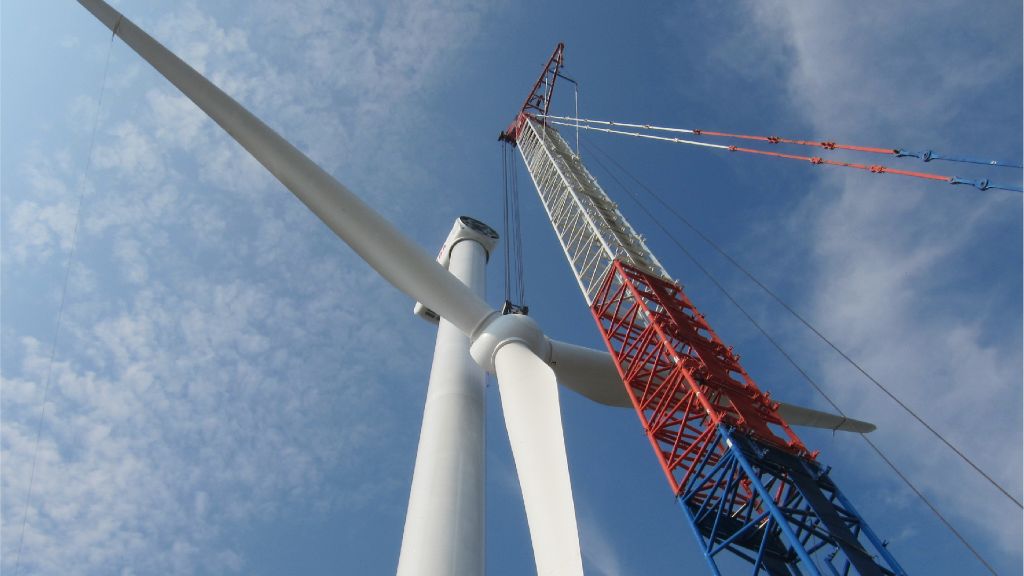
Several factors make Kansas well-suited for wind energy production. The state has high wind speeds, open landscapes, and windy ridge tops that allow for large-scale wind farms. Northwestern and south-central Kansas have particularly abundant wind resources. The development of taller turbines that can access stronger winds at higher elevations has also enabled more wind energy production throughout the state.
Many wind energy projects in Kansas are contracted to provide electricity to other states to help meet renewable portfolio standards. However, wind expansion has supported jobs and lease payments for Kansas landowners. As wind prices have fallen, wind has become more cost-competitive with other sources of electricity generation.
#5 – Nuclear
Nuclear power has a significant presence in Kansas’ energy portfolio. As of 2021, Kansas had three active nuclear power plants – Cooper, Wolf Creek, and Perry. Together, these plants accounted for around 19.6% of the state’s net electricity generation that year. Cooper Nuclear Station, located near Brownville, Nebraska, produces 830 MW and supplies energy to Nebraska and Kansas. Wolf Creek Generating Station, located near Burlington, generates 1,220 MW, meeting the energy needs of around 800,000 homes. The Perry Nuclear Power Plant in Perry, Kansas generates 1,250 MW. Kansas ranked 9th in the nation for nuclear electricity generation in 2021.
Kansas is no stranger to nuclear power, with its first commercial nuclear reactor going online at the Wolf Creek plant in 1985. While growth in wind power has reduced nuclear’s share of Kansas’ electricity generation, nuclear remains a crucial zero-emission baseload source for the state. Supportive policies and additional investment in existing plants and transmission could see nuclear maintain a key role in a more diversified, clean electricity system into the future.
Renewable Energy Trends
Renewable energy sources have seen steady growth in Kansas over the past decade. Wind and solar power represent the largest sources of renewable energy in the state. Kansas has vast wind resources and ranks 3rd in the nation for installed wind power capacity. Several major wind farms have been constructed in recent years, with over 6,400 wind turbines providing over 36% of the state’s electricity generation. Utility-scale solar has also expanded significantly, with over 1,000 megawatts of solar power installed as of 2021. The abundant sun and flat terrain in western Kansas make it well-suited for large solar installations.
Beyond wind and solar, Kansas has untapped potential for other renewable sources like geothermal and biomass energy. Overall, renewables are expected to play an increasing role in Kansas’ energy portfolio driven by improving economics, supportive policies, and companies/utilities establishing clean energy goals. The renewable energy industry has brought investment and jobs into rural parts of the state. As technology continues advancing and costs keep falling, renewables will likely displace more fossil fuel generation in Kansas in the years ahead.
Energy Mix Forecast
Kansas is expected to continue relying heavily on fossil fuels like natural gas, petroleum, and coal in the coming years. However, the share of renewables like wind and solar is projected to grow as they become more cost competitive. Major factors influencing Kansas’ future energy mix include:
- Natural gas production from fracking and horizontal drilling techniques is expected to expand in Kansas, keeping natural gas a top energy source.
- Coal use will likely decline as old plants retire and are not always replaced due to environmental regulations and competition from cheaper energy sources.
- Wind energy could grow from around 30% today to over 50% of Kansas’ electricity generation by 2050 if transmission capacity expands and wind turbine technology continues improving.
- Solar energy has significant room for growth in Kansas but still makes up a very small fraction of overall generation. Supportive policies and falling solar costs could boost adoption.
- Nuclear power provides around 10% of Kansas’ electricity today. The state’s only nuclear plant, Wolf Creek, recently had its operating license extended to 2045.
In summary, Kansas will continue relying heavily on fossil fuels but renewable energy, especially wind power, is positioned to supply a growing share of the state’s electricity mix moving forward.
Policy and Regulation
Kansas has implemented several policies and regulations related to energy production and use. Some key examples include:
Renewable Portfolio Standard (RPS) – Kansas first adopted a voluntary RPS goal in 2009 of 10% renewable energy by 2011, rising to 15% by 2016 and 20% by 2020. This was made mandatory in 2015, requiring utilities to source at least 15% of electricity from renewables. In 2021, the standard was increased to 23% by 2024.
Property Assessed Clean Energy (PACE) – This allows municipalities to finance renewable energy systems and energy efficiency upgrades through property taxes. Over 20 counties in Kansas participate in PACE financing programs.
Renewable Energy Tax Credits – Kansas offers state tax credits for residential and commercial installations of renewable energy systems, including solar, wind, biomass, and geothermal. There are also credits for alternative fuel vehicles and charging infrastructure.
Utility Demand-Side Management (DSM) – Kansas utilities are required to implement DSM programs to reduce electricity demand through efficiency measures. DSM helps manage peak demand and grid reliability.
Net Metering – Kansas has statewide net metering rules allowing renewable energy system owners to get credit for excess power sent back to the grid. This helps facilitate distributed renewable generation.
Conclusion
In summary, the top five types of energy used in Kansas are natural gas, petroleum, coal, wind, and nuclear. Natural gas accounts for the largest share of Kansas’ energy portfolio, followed by petroleum and coal. While fossil fuels still dominate, Kansas has seen impressive growth in renewable wind energy in recent years and ranks sixth nationally in wind power generation. Moving forward, we can expect to see greater emphasis on renewables in Kansas’ energy mix as the costs of wind and solar continue to fall and policies support their adoption. Energy production and usage will remain an important issue for Kansas as the state balances energy costs, job creation, and environmental impacts.


